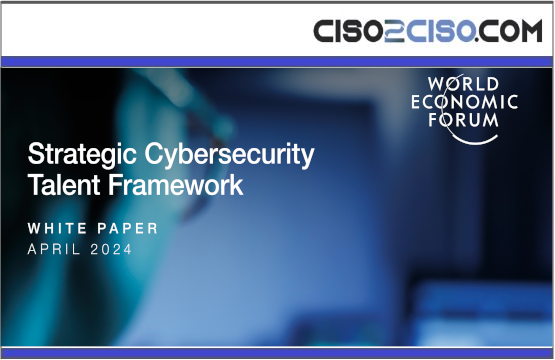In today’s hyperconnected digital landscape, the cybersecurity industry faces a critical global shortage of nearly 4 million professionals. With a consistent year-on-year increase in demand for qualified practitioners, the deficit shows no sign of abating.
At a time when cyberthreats are increasing in sophistication and frequency, the cybersecurity workforce, as the backbone of organizational security, plays a key role in securing the benefits of the Fourth Industrial Revolution. Failure to ensure a steady supply of cybersecurity professionals may have far-reaching consequences, with organizations worldwide finding themselves vulnerable and understaffed in the face of emerging threats. It is, therefore, imperative for decision-makers to prioritize cybersecurity talent management as a strategic necessity.
Recognizing that a single actor alone cannot effectively tackle the cybersecurity workforce shortage, the World Economic Forum established the Bridging the Cyber Skills Gap initiative. Bringing together more than 50 public and private organizations, the initiative developed a strategic Cybersecurity Talent Framework (CTF) featuring actionable approaches to help organizations build sustainable talent pipelines.
More specifically, the CTF is structured around four key priority areas intended to provide a holistic approach to talent management in cybersecurity.
Among other things, the priority areas explore how:
- More talent could be attracted into cybersecurity by improving the understanding of what cybersecurity professionals do, removing barriers to entry and improving diversity in the workforce
- Cybersecurity education and training could be improved to effectively equip students and professionals with essential skills for a career in the field
- Recruitment practices could be rethought by addressing challenges such as unrealistic and demanding requirements in job descriptions and misalignment between hiring managers and human resources (HR) departments
- Retention of cybersecurity professionals could be improved by tackling issues such as the lack of appreciation and recognition for the field as well as the high stress levels
As a universally applicable framework, the CTF is intended to serve as a source of reference for industry leaders, government agencies, civil society and academia – that is, all stakeholders concerned by the cybersecurity workforce shortage and committed to developing and nurturing robust cybersecurity talent across their respective sectors.
Views: 3




















































